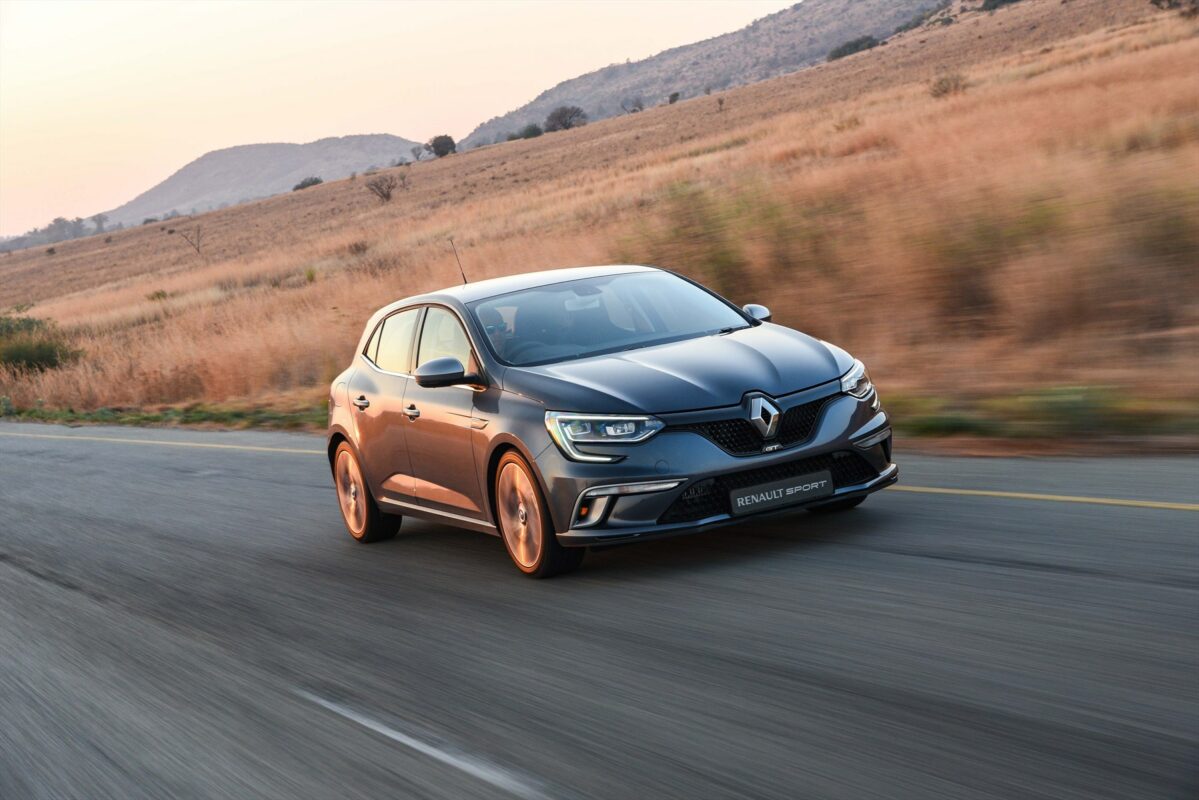
New MEGANE R.S. 300 TROPHY
The New MEGANE R.S. 300 TROPHY -combines the best of the best – exceptional sporty design fused with heart-racing performance.The R.S. 300 Trophy marks 18 years of the iconic MEGANE R.S. line-up,
Read more
The New MEGANE R.S. 300 TROPHY -combines the best of the best – exceptional sporty design fused with heart-racing performance.The R.S. 300 Trophy marks 18 years of the iconic MEGANE R.S. line-up,
Read more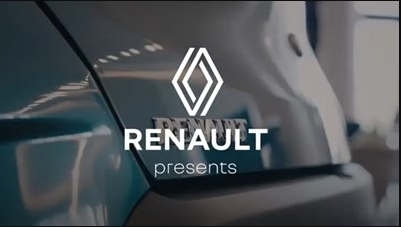
we believe everyone should have access to all the right information to help them make an informed decision about one of life’s most important purchases: buying a car. this series is aimed at
Read more
2022 saw the 27th year of the NADA awards across the various automotive brands in the country. the NADA (national automobile dealer’s association) dealer satisfaction index survey (dsi) measures
Read more
Renault SA is proud to officially announce a new partnership with young South African rugby star Aphelele Fassi.in the field of sport, we have actively identified wholesome brand partners who not
Read more
We think the Renault Kwid model is one stylish vehicle that deserves to be recognised for its trendy design and g-o-o-d looks, just to mention some of its positive attributes.when it comes to
Read more
NEW MANAGEMENT ANNOUNCEMENT:We are happy to announce the appointment of Shumani Tshifularo as the New Renault SA managing director, replacing Jaco Oosthuizen who successfully led the company in the
Read more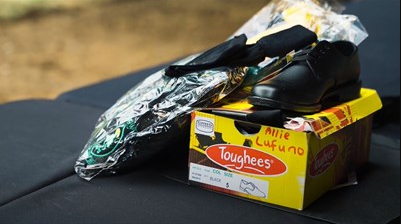
As Renault, we pride ourselves on being a brand that genuinely cares about communities at large. we are happy to have formed a partnership with mangwele combined school in 2021, and are dedicated to
Read more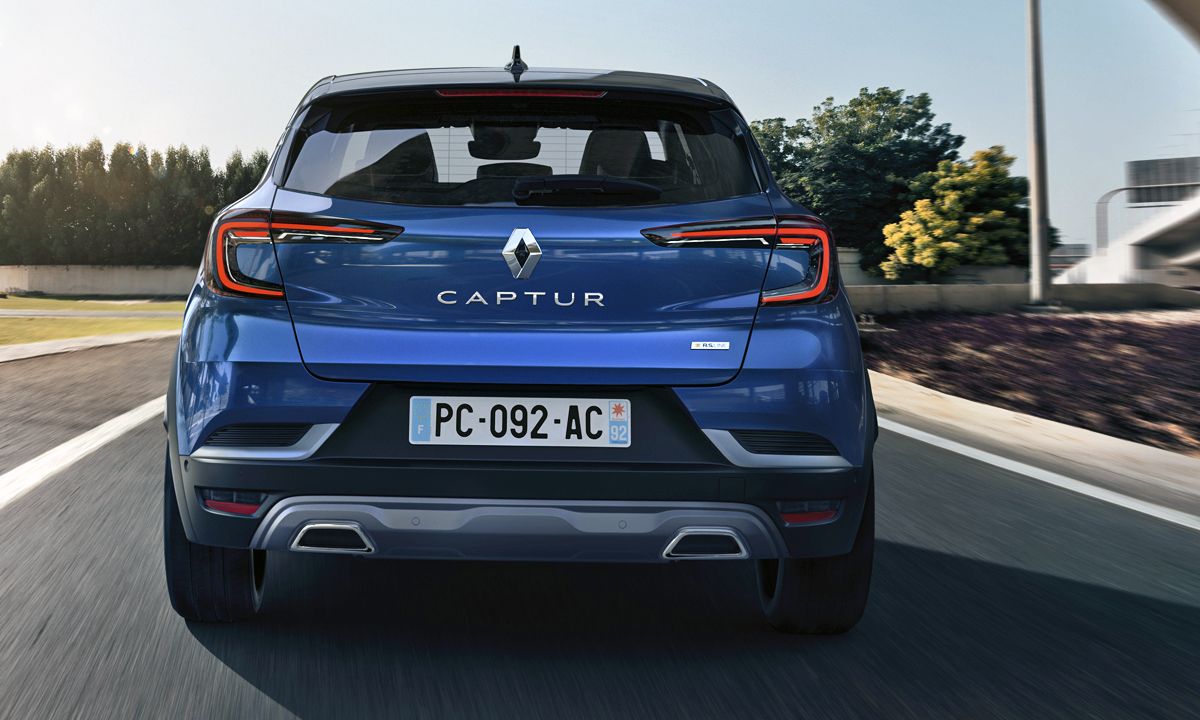
Renault has revealed a new RS Line version of its fresh-faced Captur, with the crossover gaining “exclusive attributes inspired by the world of motorsports”. Unveiled in July 2019 and
Read more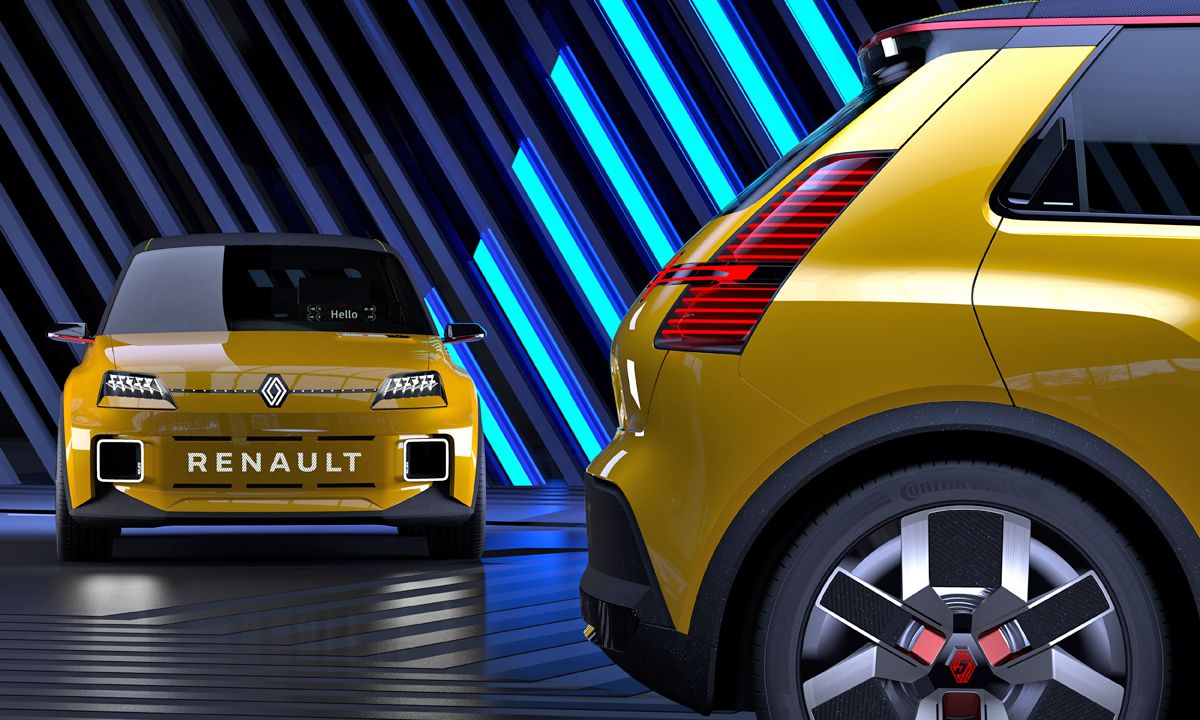
The new Renault 5 Prototype has been revealed, previewing an upcoming electric city car inspired by the original R5. As a reminder, the Renault 5 was produced from 1972 to 1996, over two generations
Read more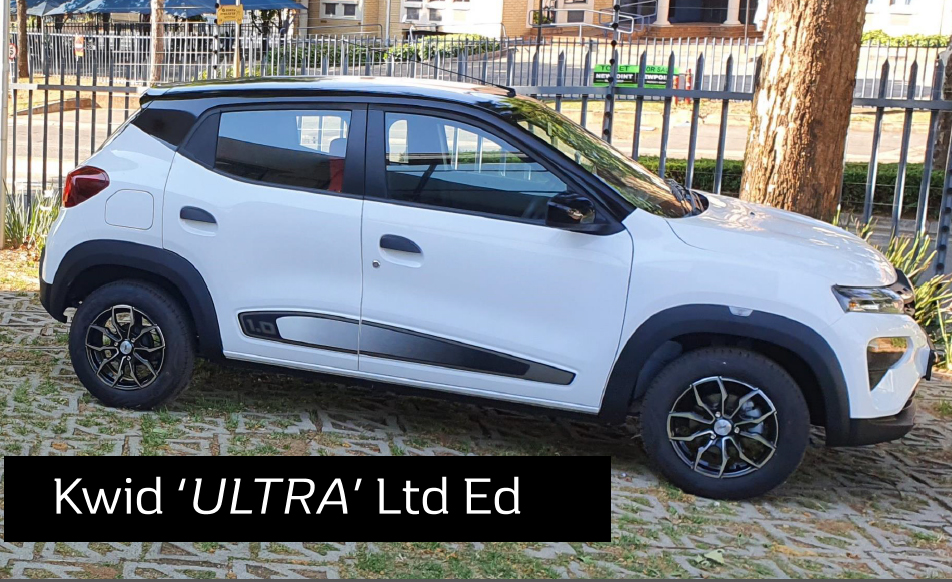
Source: https://www.renault.co.za/
Read more
Some offroad height and an approachable price make the Sandero Techroad an appealing crossover. Picture: PHUTI MPYANE If your smartphone regularly updates you with motoring news, you will not only be
Read more
What is it? The Renault Triber has been quite a hit; the combination of its excellent packaging, handsome looks and value-for-money proposition has enabled Renault to clock over 40,000
Read more